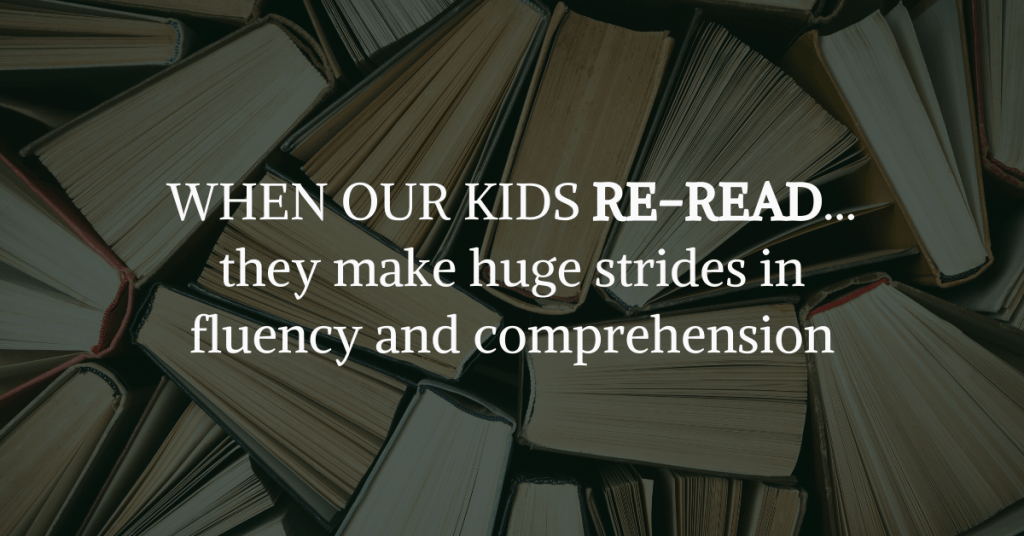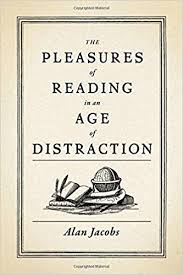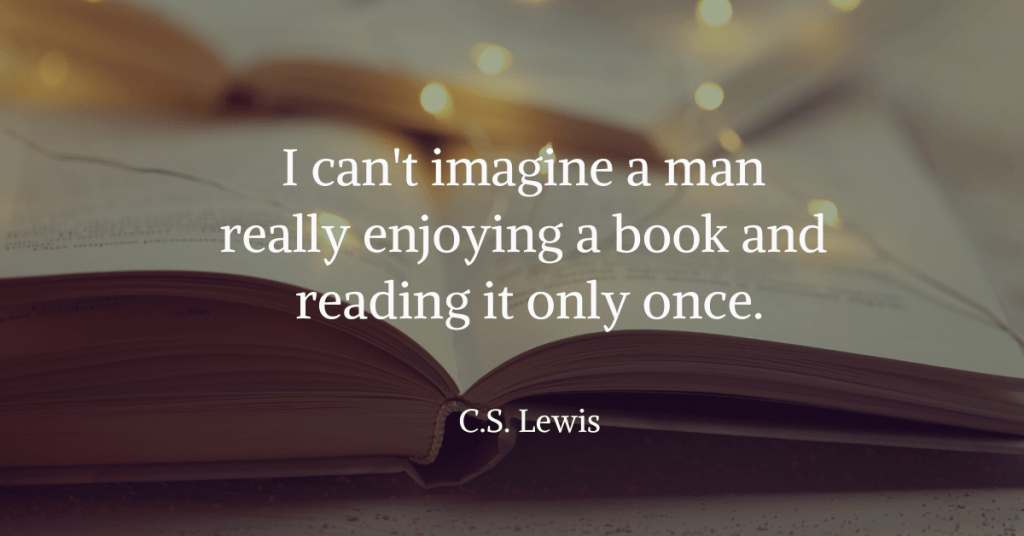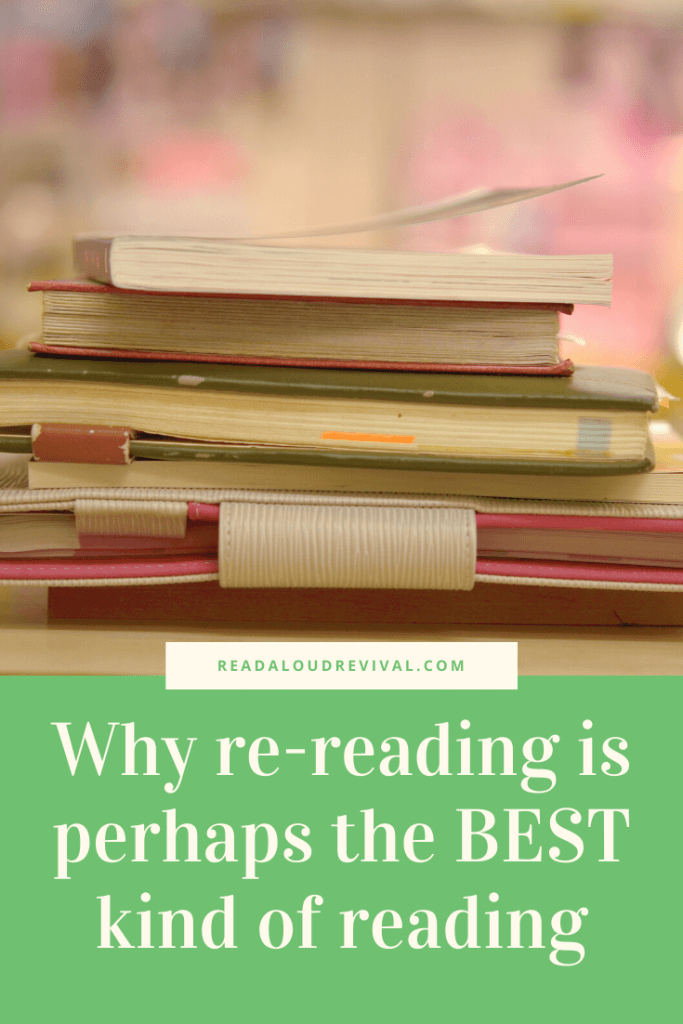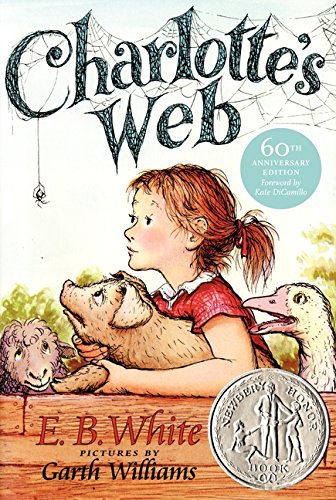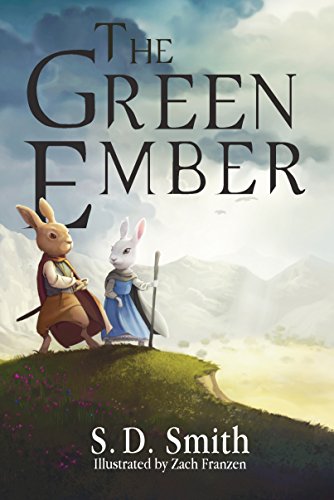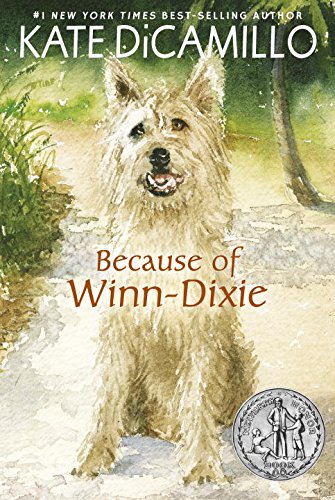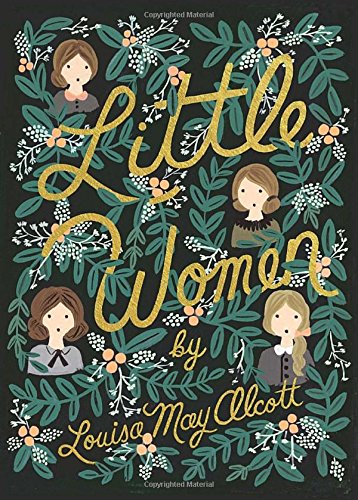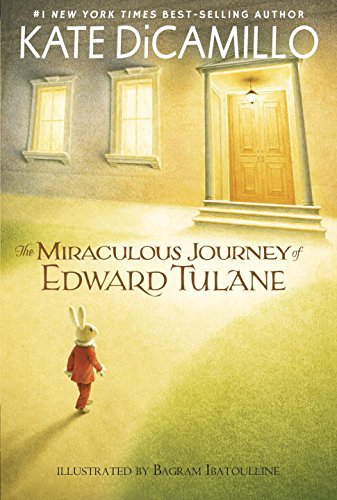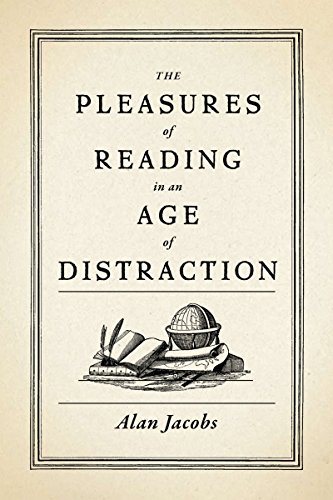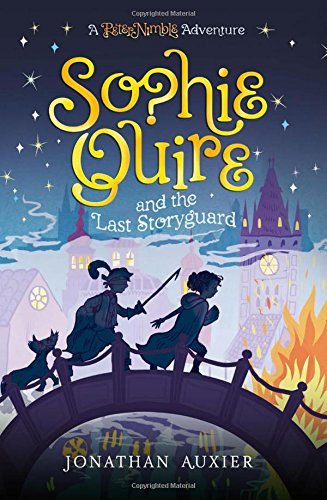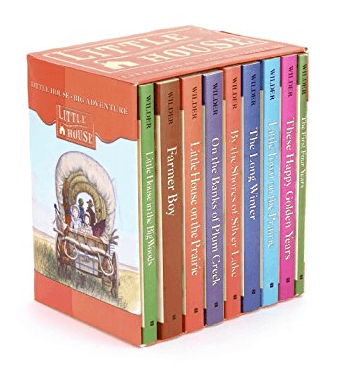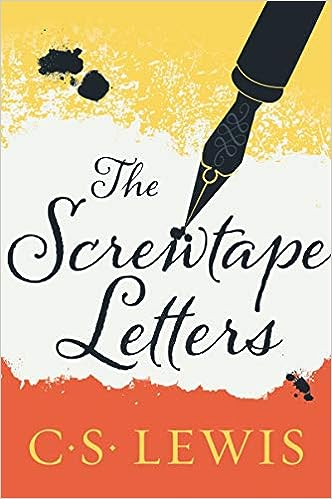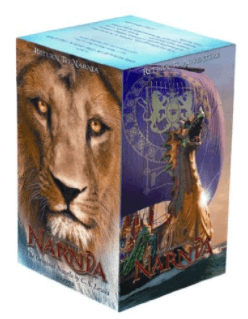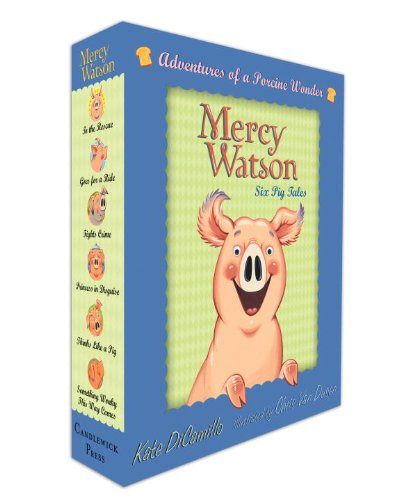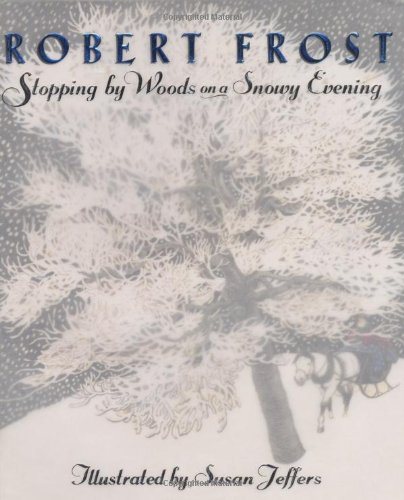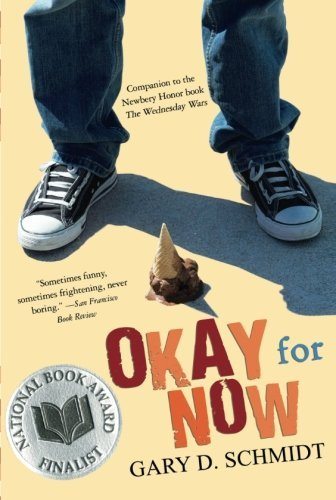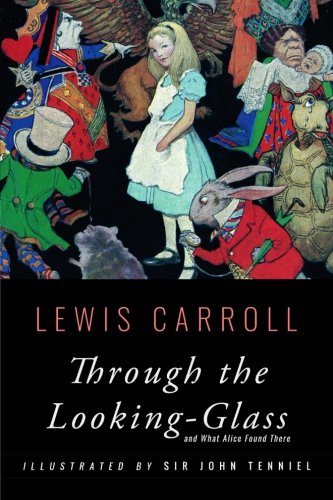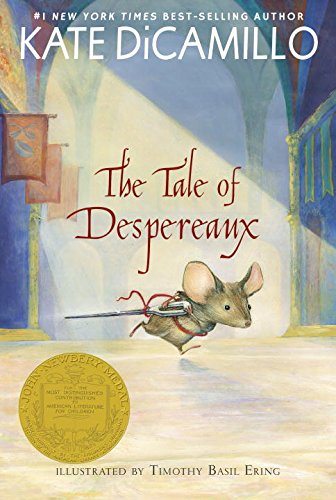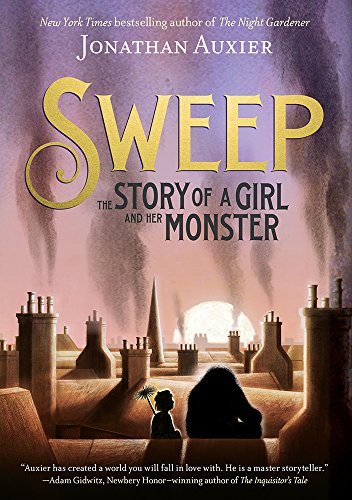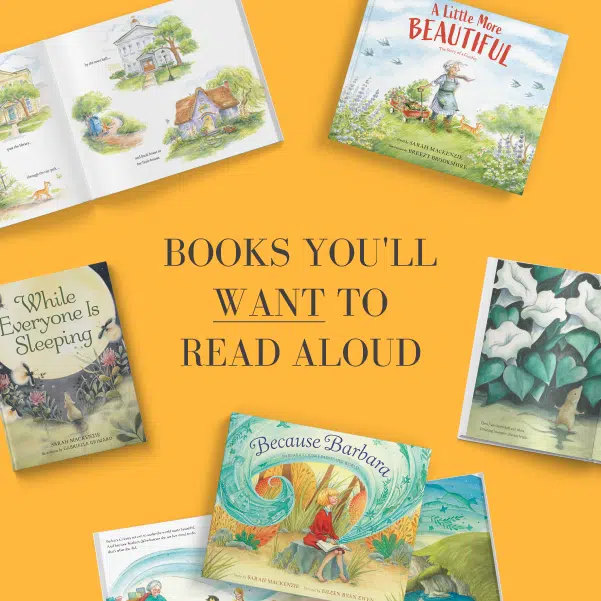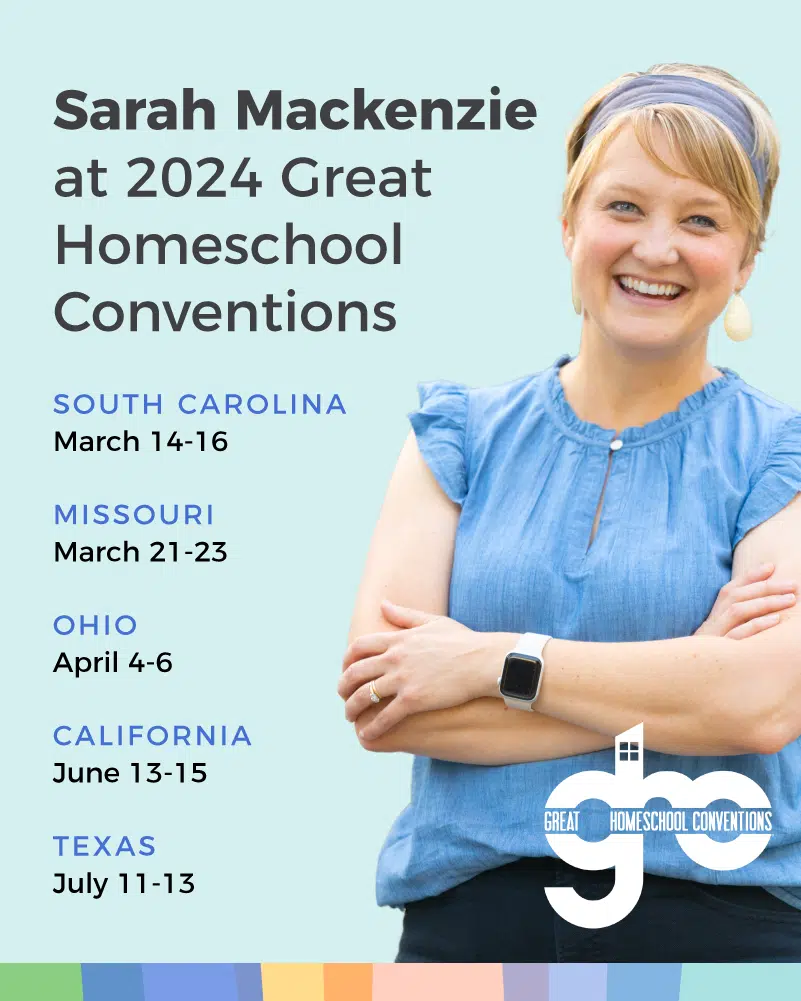Sarah Mackenzie (00:12):
You are listening to the Read-Aloud Revival Podcast. This is the podcast that helps you make meaningful and lasting connections with your kids through books.
(00:29):
What comes to mind for you when I say rereading? We hear a few things about rereading here at the Read-Aloud Revival. Some parents are wondering whether they should let their kids reread as much as their kids want to. Others are wondering if a reread is as important or as useful as a first time through. Some of you never reread, the problem of so many books and so little time. I’m Sarah Mackenzie, your host for the Read-Aloud Revival Podcast, and on today’s show, I’m going to make an argument for rereading on the regular.
(01:01):
I’ll be completely upfront with you right now and tell you I’m going to spend the next few minutes trying to convince you that rereading is perhaps the best kind of reading and I am unabashedly admitting right here that I hope you finish out this episode and want to reread something right away. Whether that’s your kids or your own reading, I want to make a case that readers reread for good reason and with good rewards. You ready for it? The show notes for this episode are at ReadAloudRevival.com/141. You’ll also find this episode as an essay there. If you’d like to pass it on to someone who isn’t much of a podcast listener, then you can send them right to the show notes and they can read the essay. That’s at ReadAloudRevival.com/141.
(01:45):
So first, consider how often do you rewatch your favorite movie or relisten to a favorite album, a favorite song? Think for just a moment about why you might do that. I asked this question of how often do you rewatch your favorite movie on Facebook, and I heard a lot of numbers with 10 times being one of the lower responses, and I could not believe how many people said over 100 times. I mean, most of us have probably seen The Princess Bride a handful of times at least, right? I saw responses like 25 times, 50 times. Hope Morgan’s was my favorite comment. She said, “I’m not admitting this and you can’t make me.” The thing is, nobody even thought it was a weird question. I mean, we expect to revisit our favorite stories again and again, or do we? So what’s the deal with revisiting our favorite stories, rewatching movies, listening to a favorite album again, indeed, rereading books over and over? Well, there’s more here than meets the eye and we’re digging into it right here and right now. Let’s do this.
(03:07):
I want to point out five main benefits or rewards for rereading, things that you really only get by rereading instead of reading something just one time through. The first thing I want to point out is that many of us, and I’m raising my hand here, we want books to become some of our children’s lifelong companions. I want my kids to see the Laura Ingalls Wilder books or The Chronicles of Narnia or S.D. Smith’s Green Ember books on a bookshelf or at Target or at a supermarket or used bookshop in 20 years and feel like they’re bumping into old friends. I want them to remember who they are, remember where they came from when they see those book covers.
(03:44):
Relationships and friendships, that takes time, right? I mean, you wouldn’t have a single conversation with someone in a coffee shop, say, and then feel like they were one of your friends or your life companions. You wouldn’t say you have a relationship with them because relationships take time. Relationships with books and with book characters take time as well. Marie Starling on Facebook, when I asked about rereading, she said, “I reread because some books are my old friends and I enjoy their company.” A lot of people liked that comment, and that really resonated with me as well. If we want books to become our children’s lifelong companions, something they bump into later down the road and remember who they are and whose they are and where they came from, then rereading books is how to do that because you need to spend some time with those characters and those stories in order for them to become those lifelong companions a lot of us are hoping books will indeed become for our kids.
(04:37):
A recent study found that children are more likely to retain knowledge of new vocabulary if they’re exposed to words through repeatedly reading the same book than if they’re encountering those new words in different books. Let me say that one more time just in case you didn’t catch it. This study found that kids are going to be able to retain their vocabulary, both knowledge and new vocabulary. Two really important things our kids get academically speaking from books are new knowledge, right, they learn things, and then better vocabulary, which is a huge indicator of intelligence. So this study shows that kids are more likely to retain knowledge and retain that new vocabulary if they’re exposed to the words through repeated reading of the same book. That’s more effective than when they encounter words in new stories.
(05:25):
This is really good news for all of you who have young kids who ask you to read the same book over and over and over again. They’re actually getting more from those rereads as far as knowledge and vocabulary. They’re benefiting more from rereading the same book you’ve read 20 times before, then they would be if you read them a new story. Kind of amazing, right? So if we’re hoping for our kids to retain knowledge and get better vocabulary through reading, then rereading, favorite books is a fantastic way to do that, particularly from picture books, which have the most beautiful of all of children’s literature. You’re going to find the best, most beautiful language in a picture book rather than in a novel. And so rereading picture books over and over, your kids are getting so much when it comes to knowledge and vocabulary from those rereads. They’re in fact gaining that knowledge, solidifying it, and that vocabulary, they’re solidifying those much better on the 5th, 10th, 12th reread than they are the first time you read it through.
(06:21):
Let’s also talk about reading comprehension. Specifically, let’s talk about fluency. So when we talk about fluency, what we really mean is how accurately can your child read a text with the correct expression and understand what he or she is reading? Okay, that’s what we mean when we say fluency. Can your child read the words, understand what they’re reading, and read it to themselves in a way that makes sense with the proper expression?
(06:44):
This is probably obvious, but the more times you read through a picture book, the better you get at reading aloud that picture book, right? You know this is true. If you’ve read a picture book, that same picture book your kids want you to read all the time, the more you read it, the better you get at it because you know what’s coming. You know who says which piece of dialogue. Because you’ve read it several times, you know where to slow down. You know where to speed up. You know where to pause. It’s familiar territory. It’s like walking a well-worn path instead of blazing a new trail with a machete and having to try to clear the path as you go, right?
(07:17):
The same is true when our kids are reading for themselves. Let’s say your child wants to reread Charlotte’s Web over and over and over again, okay? Even if they’re just reading it silently, they’re just reading with their eyes silently to themselves, they’re picking up on fluency, they’re gaining comprehension, they’re getting better at the expression, the way the language sits, the way it works, how it hangs together, the more often they read it, just the same way as you get better at reading a picture book the more times that you’ve read it aloud.
(07:57):
The first time we read through a book, most of us our reading for plot. Most of us, our brains want to know the answer to the question, “What happens next?” If we’re reading a story for the first time, we can’t really help it. It’s how we’re wired. Our brains are asking the question, “What happens next?” That question means we’re reading for plot. Now, on this second, third, or 30th reading of a book, our brain is now free to ask other deeper, more layered questions. We know what happens next. Instead, we’re catching beautiful turns of phrase. We’re seeing a hint of foreshadowing. We’re noticing these subtle nuances that are only gifted to rereaders.
(08:37):
There are questions that can’t be answered when we’re reading for the plot when our most pressing question is, “What next?” They’re questions that arise and things that we notice because we’re not reading for the plot. So the first time through most of us are reading through for a plot. Whether that’s a picture book, a novel, whether we’re reading aloud to our kids or whether we’re staying up late reading that latest page turner that we can’t put down ourselves, we’re reading for the plot and so we’re going to miss some of those other more deeper layers the first time through. That’s fine, because we’re not expected to get those the first time through. The first time through, we’re reading for plot.
(09:10):
I’ll tell you, I have read some of Gary Schmidt’s books several times and recently I was rereading my way through Okay for Now, which is one of my all time favorite books in the universe. Okay for Now, if you haven’t read it, put it on your list. I’ve read it to my teenagers. I usually recommend it for ages 12 and up, and I read it myself because it’s, I mean, one of my all time favorites. Anyway, as I was rereading it, I noticed this last time, a single line about Joe DiMaggio early in the book that I skimmed right by on my first, actually maybe two or three read throughs, I missed that line. On this third time I caught it. I caught the deeper shades of meaning that I could only pick up on because I’ve read the book all the way through before.
(09:51):
That little morsel is a gift from the author to the rereaders. You only get it if you’re rereading the story. So if you pick one of your favorite novels, let’s say, as an adult, let’s even say, just one of your favorite books that you’ve read as an adult or maybe one of your favorite books that you read as a child and you reread it, I bet because you’re not reading to answer the question, “What happens next?” You’re going to catch things you missed the first time around. There are layers.
(10:19):
The other thing is not only is the book layers, you’ll catch those meanings, but you’re a different person than the first time you read it. You never read the same book twice. We’re different people every time we come to a book and that has a massive impact on how the book reaches us, what it says to us, what we take from it, the conversations we have around it. That’s why we can read Little Women, let’s say, as a 13 year old girl and then read it as a 35 year old woman and it feels new and fresh to us, right?
(10:47):
As a 13 year old girl, we probably weren’t identifying much with Marmee, right? It was all Jo all the time. At least that was my experience of reading it. As a grown woman, I still identify with Jo. I mean, we all do, right? But I have a different kind of respect and attention to Marmee when I read it. It’s a whole nother layer I’m picking up on because I’m different now. I’m a mother now and so I’m reading it from a different lens. Even if I read that book as a mother of two very small children and now as a mother of six with teenagers in the mix, I’m going to read it differently. I’m a different person, so we come to the book with different experiences.
(11:20):
This is true for other kinds of reading as well. As years past we go through life, right? We experience things. We lose people we love, we do things we didn’t think we were capable of. We face things, we laugh, we cry. We just have this whole slew of life experiences and we bring those experiences into our reading every time we open the covers of a book. So we are new every time we read. And because of that, it’s going to be a different reading experience. I reread The Screwtape Letters by C.S. Lewis most every year. And so I’ve read it, I don’t know how many times now. It’s a different experience every time because I have a whole nother year of life and good things happened in that year and hard things happened in that year and because of that, the text doesn’t necessarily change, but I’ve changed and then I can access different layers of the text because of where I am as a person. The same thing is true for your kids.
(12:17):
In the pleasures of reading in an age of distraction, Alan Jacobs writes, “A first encounter with the worthwhile book is never a complete encounter and we’re usually in error to make it a final one.” I’m going to reread that. So good. “A first encounter with a worthwhile book is never a complete encounter and we are usually in error to make it a final one.”
(12:40):
I think if we go in with the expectation that we don’t have to get everything, in fact we can’t get everything on the first read through, it does a few things for us. It lets us be free to just enjoy that first encounter for what it is. It lets us take enjoyment out of asking that question, answering that question of what comes next, what happens next without feeling like we’re worried that we’re missing deeper shades of meaning. We are missing deeper shades of meaning, but we’re not supposed to be able to get to them yet. We have to pass through that path. Just think of it like that well-worn path versus the trail you’re blazing, right? The first time you’re blazing the trail, it’s going to be a different experience than when you’re walking it as a well-worn path. Knowing that going into the reading experience with that expectation can free us to enjoy the book and to have a realistic expectation for what the book should do in our lives after we’ve read it.
(13:39):
Don’t just take my word for rereading, why rereading is valuable. C.S. Lewis himself in a letter to Arthur Greeves wrote, “I can’t imagine a man really enjoying a book and reading it only once.” Jonathan Auxier, who’s written some of my very favorite middle-grade and YN novels for kids including Sweep, which is among my very, very favorites, he told me in an interview that he read and re-read Through the Looking Glass, which is the second Alice in Wonderland book by Lewis Carroll, as a child for years.
(14:09):
I think he said for about 10 years, he would read parts of that book. It lived by his bed, and he would reread Through the Looking Glass, parts of it every single night. It’s like he couldn’t fall asleep until he had read parts of it again. And he even said, “I don’t know why.” He can’t pinpoint exactly what it was about that book that was so important to him, but something was really important there. And in his book, Sophie Quire and the Last Storyguard, there’s something of an homage paid to that book and the importance Through the Looking Glass paid in his life as a writer.
(14:39):
Kate DiCamillo, who you know of course because she’s won many Newbury awards and Newbury honors, she wrote Because of Winn-Dixie, The Tale of Despereaux, The Miraculous Journey of Edward Tulane, all of the Mercy Watson books, she reads Charlotte’s Web pretty much every year, over and over again as an adult, and she finds something new there, or another layer or a turn of phrase that speaks to her differently every single year. And I recently read that Robert Frost, the poet who wrote Stopping By Woods on a Snowy Evening, he had several children and he wanted his children to reread books. In fact, he told them to reread books on purpose over and over again. The books that they loved, he said, “If you love it, you should reread it again,” which goes right back to that idea from C.S. Lewis that he can’t imagine somebody really enjoying a book and reading it only once.
(15:25):
Rereading gives us lifelong companions in the books we’ve reread. It gives us better retention in our kids, gives our kids better retention of both knowledge and vocabulary. It increases their reading comprehension and their fluency, and then it gives us a whole different relationship with the story than just plot. Are you convinced yet? If you have kids who are compulsive rereaders, I hope this episode has opened a window on the idea that such a thing is a gift, something to be nurtured, something to be encouraged. It is a tremendous benefit to us to reread the books that touch us and that move us in some way.
(15:59):
Here’s my challenge to you. Reread something this month. Pick something you’ve read before and something you’ve enjoyed. Let’s make this easy on ourselves. Just pick something you’ve enjoyed and reread it on purpose. There aren’t any rules here. You don’t have to pick a classic. Just pick something you loved before and reread it. See what happens. Don’t think of it as not counting or as a kind of reading, but not really reading or not as good as reading something fresh. I hope this episode has helped you see that rereading is actually a more sophisticated layer, deep and meaningful kind of reading. Actually, it’s a more mature kind of reading in fact, than reading something for the first time.
(16:37):
Every once in a while, I’ll mention to someone that I’m rereading from a book, not rereading the whole thing front to back, but just rereading a portion, a chapter, a section, a half of something, and a friend will say to me, “I didn’t realize that I was allowed to do that,” but of course you are. You can reread just the story of Christmas morning from Little House. You can reread your favorite chapter, your favorite scene, your favorite, any part at all now.
(17:04):
And if you’re someone who logs your reading and thinks, “Yeah, but how am I going to track that? Because I track all my reading,” I get that. I do understand that. Just use an icon. I’ll tell you, I keep track of my reading in my bullet journal and I use a little curved arrow to note when I’m rereading something I’ve read before. There’s a lot of curved arrows in my bullet journal. I’ll tell you that. And I use a circle with an arrow through it to note that I’m reading from, but not through a book.
(17:27):
So if I am rereading, for example, before this episode, I reread The Pleasures of Reading in an age of Distraction, and actually I read the whole thing front to back again because I love that book, but if I was just reading the portion on rereading, I would add it to my bullet journal, but I would use that circle with an arrow through it just because I’d want to personally note that I didn’t reread the book the entire way through, but just a portion of it. Of course, that’s not true in this case because I did reread it entirely through and I took like seven pages of notes and I have read that book several times before. So there we go. Deeper shades, a more meaningful experience.
(18:01):
It’s important for us to remember, I think, that just because something is a novelty doesn’t make it more meaningful or worth our time than something that’s tried and true. We know this is true, right? A novelty isn’t more meaningful than something tried and true just because it’s new. We know that in our relationships. We know that in so many pieces of our life, and so it’s important that we don’t let that idea that novelty is more important or better or superior to something tried and true wiggle its way into our reading life. The truth is that reading something for the first time is a wonderful experience. It’s a different kind of reading than you get when you read for the second, third, or 40th time through. But I would encourage you to let your children reread. If they love it, encourage them to reread and you, reread something that you love this month just for fun.
(18:58):
Now it’s time for Let the Kids Speak. This is my favorite part of the podcast where kids tell us about their favorite stories that have been Read-Aloud to them.
James (19:11):
My name is James and I am six years old. I live in Connecticut. My favorite book right now is Charlotte’s Web because Charlotte, the spider, saves Wilbur’s life, the pig, in the case of death, being eaten for bacon and she teaches him all about being alive and a friend.
Kayla (19:38):
I’m Kayla. I’m three years old and I live in Connecticut. My favorite book is Rapunzel [inaudible 00:19:44] all because she escapes from her tower.
Clay (19:49):
My name is Clay and I am five years old and I live in Ohio, and my favorite book is Magic Tree House because it just makes me want to read more and more and I like it.
Sarah Mackenzie (20:09):
What’s your name?
Symphony (20:10):
Symphony, and I read.
Sarah Mackenzie (20:15):
And where do you live?
Symphony (20:15):
In Ohio.
Sarah Mackenzie (20:18):
What’s your favorite book?
Symphony (20:20):
[inaudible 00:20:20] because the pasta cat came out of it.
Sarah Mackenzie (20:24):
And what other book do you like?
Symphony (20:28):
Queen and King because I like the cupcakes [inaudible 00:00:20:32].
Lily (20:35):
Hi, my name is Lily [inaudible 00:20:40] and I am seven. I live in North Georgia. One of my favorite books are Too Many Pumpkins, Linda White. I like the part when Pumpkin tumbles off the truck [inaudible 00:20:57]. Miss Pumpkin tumbled off the truck and smashed into orange smithereens all over the edge of her yard.
Speaker 7 (21:09):
Hi, my name is [Braya 00:21:14] and I live in Colorado and I’m seven. My favorite books are Mercy Watson, Princess in Black, and Paddington. I like Paddington because he’s a very nice bear and I like Mercy Watson because she always likes buttered toast. I like Princess in Black because she’s very brave.
Briley (21:45):
Hi, my name is Briley. I’m nine years old and I live in Colorado and my favorite books are Penderwicks, The Mysterious Benedict Society and The Princess Academy. I like The Princess Academy because it’s an interesting story and I can’t wait to read the rest of them. I like The Mysterious Benedict Society because I like adventure and mystery books, and I like Penderwicks because it’s just everyday life, but you can’t seem to put it down.
Speaker 9 (22:23):
Hello, my name is [inaudible 00:22:23] and I live in Alabama, and my favorite book is Berenstain Bears Trick or Treat. I like it because Berenstain Bears [inaudible 00:22:40] candy apple and Brother and Sister Bear.
Lucy (22:44):
My name is Lucy. I am 10 years old. I live in Alabama. I like the Lemoncello series. My favorite is the All-Star Breakout Game. I like it because Kyle and his friends are trying to beat the teams called All-Stars and Bookworms. Do they win? You should read it to find out. Is it fun? Hello, it’s Lemoncello.
Elliott (23:08):
Hello. My name is Elliott and I am seven. I live in Alabama and my favorite book is Twintuition: Double Trouble. It is about identical twins, Caitlyn and Cassie. They can see into the future. They’re about to turn 12. Their visions from it, lots of fun [inaudible 00:23:31]. Can Cassie and Caitlyn make things better before time runs out?
Kate (23:35):
Hi, my name is Kate. I live in Alabama and I am seven years old. My favorite book is Twintuition: Double [inaudible 00:23:44] because they meet their grandmother for the first and they are going to find their dad at the end of the book.
Sarah Mackenzie (23:52):
Thank you so very much, kids. Appreciate it. The show notes for this episode are at ReadAloudRevival.com/141. That’s also where you’ll find the complete essay that goes along with it. And hey, if you have a few minutes, we would love it if you would head over to iTunes and leave us a little rating or review. That helps us get the show in front of more parents who want to make meaningful and lasting connections with their kids through books and can find the podcast that way. So head to iTunes and it takes about two minutes to leave a review. We really appreciate it if you have time to do that. Thanks so much for listening. I’ll be back in two weeks with another episode, but until then, go make meaningful and lasting connections with your kids through books. Oh, and reread something.


